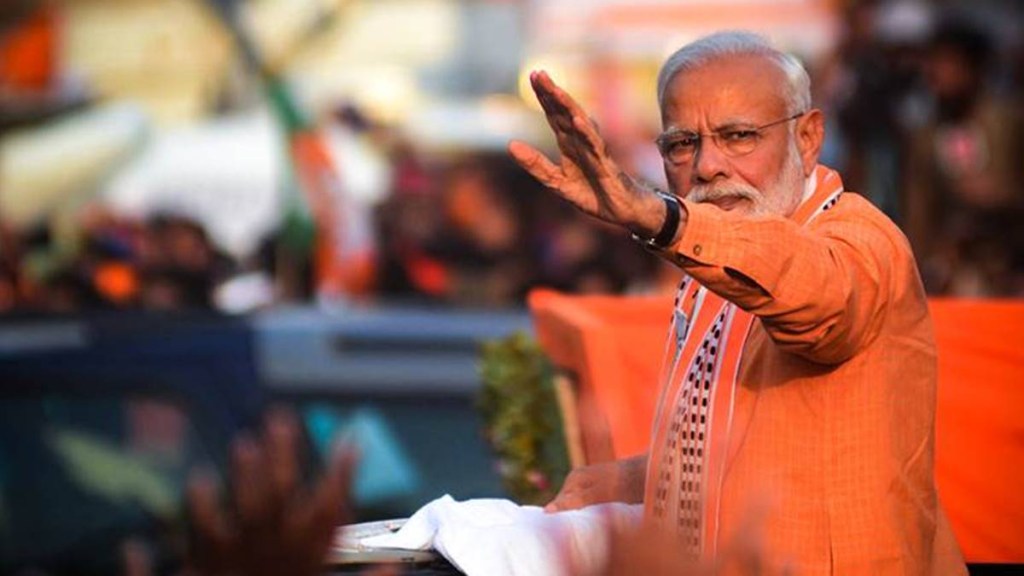The message from the 2024 Lok Sabha election results is unambiguous: The world’s largest democracy deserves better than being made to worship any particular person or political party as some kind of a messiah. In any case, no political leader can be allowed unlimited free run in swallowing up all opponents and riding roughshod over all of civil society. But the Bharatiya Janata Party (BJP) tried to force us to believe that only their chosen one can have a claim on the throne. Since winning the 2014 elections, Prime Minister Narendra Modi had become a phenomenon, Vishwaguru, and even avatar. The entire strategy and architecture of the party’s campaigns and actions were built around this. There was no Plan B or C because there was no scope for a contrarian view. In that sense, the latest results have normalised politics by bringing back checks and balances and accountability. It has also signalled a return to democracy — a prime minister can no longer be the monarch of all he surveys and has to now follow the coalition dharma. At the same time, the country has got a strong Opposition, which, hopefully, will be able to show the mirror to the ruling coalition instead of wasting time in internal bickering.
Taken in isolation, the BJP’s performance after 10 years of governance has been creditable. Though its failure to reach the 272 mark has come as a rude shock, the party is comfortably placed to form the next government with the help of allies. But if the victory still seems like a defeat, it’s entirely due to the arrogance the party displayed by claiming “abki baar 400 par”. The Opposition skillfully used that to bring a counter-narrative of fear by portraying such a brute majority as a precursor to changing the reservation policy and the Constitution. Modi perhaps realised this after the low turnout in the first two phases of the elections but made another mistake by opting for a highly aggressive, polarising campaign where the Congress leaders were accused of forcing the majority to give away their mangalsutra to people “with more children”. That’s not the language that suits a prime minister who should address everyone as a stakeholder in democracy and celebrate rather than berate India’s diversity.
There is no denying that Modi is still highly popular and his handling of the economy has been reasonably good despite the Covid-induced setbacks. But what remained hidden in the incessant chatter about India becoming the third largest economy was that the per capita income continues to languish. That figure rose from `72,805 in 2014-15 to `98,374 in 2022-23, at just a 3.83% compound annual growth rate, according to the government’s own data. Since the impact of actual inflation is underestimated, the rise in per capita income would be even lower. The party probably got so caught by the glowing narrative of Viksit Bharat by 2047 that it wished away the rampant unemployment, inflation and income inequality — all encapsulated in two words “rural distress”. But these were the real issues facing the vast majority of India’s population that lives in rural and semi-urban areas. After all, the slogan of Viksit Bharat means little to the 800 million still living on 5 kg rations doled out by the government every month.
However, not all is lost. As the new BJP-led coalition government comes back to power, the focus should go back to the fact that while it’s good to have high economic growth, it is equally important to ensure that the fruits of the growth are spread widely. So reversing jobless growth is necessary so that so that young people, who are entering the labour force at the rate of 7-8 million per year, are able to find employment. One reason for low job creation is that the private sector is not investing enough in new capacity. Fresh investment announcements by the private sector fell 15.3% in 2023-24, while total fresh investment announcements, across government and private sector, dropped 4.8%, according to Projects Today, a web portal that tracks new projects. A trifecta of slow wage growth, elevated interest rates, and heavy borrowing by the average household has weakened the spending impulse of more than 300 million families that drives 70% of the gross domestic product. That also needs to be reversed. More importantly, one hopes the new government will focus a little more on social harmony and creating space for free exchange of ideas, apart from allowing institutions, which are the pillars of any democracy, to be their own masters. The election results have delivered a few knocks, but the BJP should treat them as a wake-up call.
